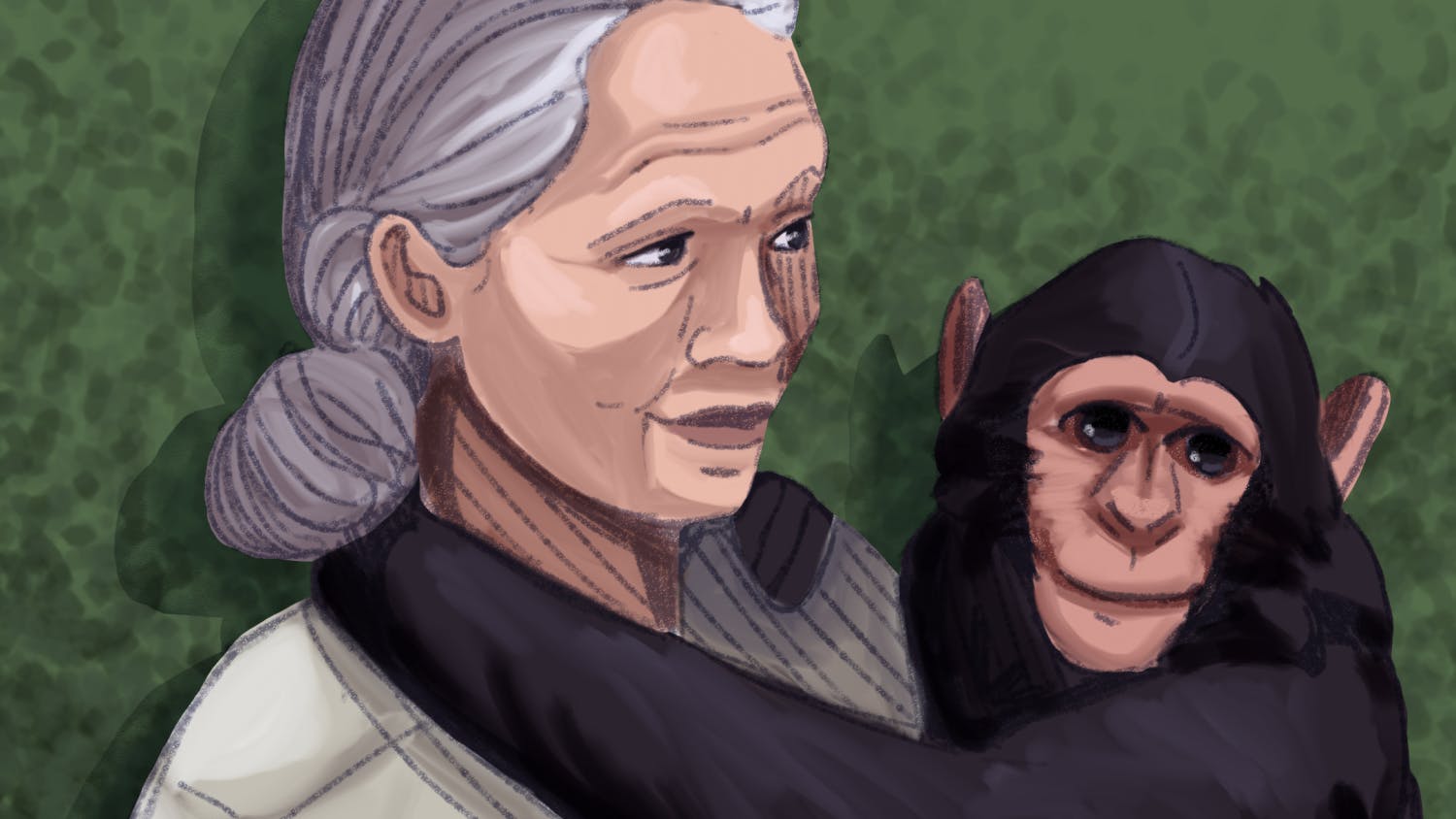Yellowstone National Park is the nation’s oldest national park, spanning one of the largest swathes of wilderness in America. It’s famed for its pristine landscape and iconic wildlife. As UW-Madison’s Eugene P. Odum professor of ecology Monica Turner states, Yellowstone is the “crown jewel” of American national parks. However, Yellowstone’s forests, along with forest ecosystems elsewhere, are in danger of climate change.
Turner studies natural disturbances, like wildfires, that occur in forests and how the ecosystem recovers from them. She has worked in Yellowstone since the summer of 1988, when a destructive fire swept through Yellowstone. At the time, ecologists were alarmed. In the following years, however, they realized that it wasn’t as bad as they thought. In fact, the forest was already well-adapted to the fire, because for the past 10,000 years in Yellowstone large catastrophic fires had been sweeping through every 100 or so years. The 1988 fire had simply been part of the pattern that the forest was already adapted to.
This led Turner and others to develop the idea of resilience, which is how ecosystems can recover from disasters without needing any intervention. Resilience is made up of two parts: the information legacy and material legacy. The information legacy is the long-term set of traits that species have evolved over many years in order to recover from disturbances. The material legacy is the “nuts and bolts” of resilience. For example, it’s the actual “stuff” left behind by burned trees, like seeds, that will help regenerate the forest. Essentially, nature usually doesn’t need any help from us to recover from disaster because it has the long-term and short-term problems covered already. So, what’s changing now?
“Climate,” Turner said. “Climate is getting warmer and warmer. Fires occur during the years when we have hot and dry conditions. In much of [Yellowstone], those [conditions] didn’t happen very often.”
Because Yellowstone usually doesn’t have dry and hot conditions, giant wildfires like the 1988 fire aren’t common at all. However, recently ecologists have shown that by the end of the 21st century, the weather averages will be the same as the unusually hot and dry 1988 summer. The abnormal extreme will become the new normal. This means that Yellowstone fires could occur every 30 years instead of every hundred years—an alarming change to the status quo.
“What’s that going to mean for our forests and landscapes?” Turner asked.
To answer that question, Turner collaborated with scientists studying forests around the world to develop a revolutionary framework to understand why and how forest resilience can be damaged by factors like climate change and how resilience can be sustained.
The framework states that resilience can only be maintained if the two legacies, information and material, match up with the conditions around them. It’s like puzzle pieces: If the condition puzzle piece fits with the legacy pieces, then the forest can recover fine. If the condition puzzle piece changes because of, say, climate change, then the puzzle pieces don’t fit anymore, and the ecosystem loses its resiliency to the new conditions. If any of these changes don’t match up with the two legacies, then resiliency and ecosystem alike start falling apart.
An added complication is resilience debt, which means that there’s a time lag for the damaging effects of climate change to be obvious to us.
“The climate is changing gradually…we don’t always know when it has passed the threshold where the forest species that are present now won’t be able to recover in the future,” Turner stated. “So the resilience debt means that we may have changed the system fundamentally in ways that we won’t even see until a natural disturbance comes through and gives the system a chance to reset.”
The idea that the “writing on the wall” could already be there for a valued nature preserve like Yellowstone and for others around the country adds an urgency to the research in this field. Turner hopes the framework she helped develop will be a building block on the path of understanding the effects of climate change on forest ecosystems, and eventually being able to lessen or prevent catastrophic changes. Turner is already planning on return trips to Yellowstone and is eager to return and study the aftereffects of five fires currently burning in Yellowstone.
Although her research is a lot of work, Turner said that being able to study in Yellowstone for so long has been the highlight of her career.






